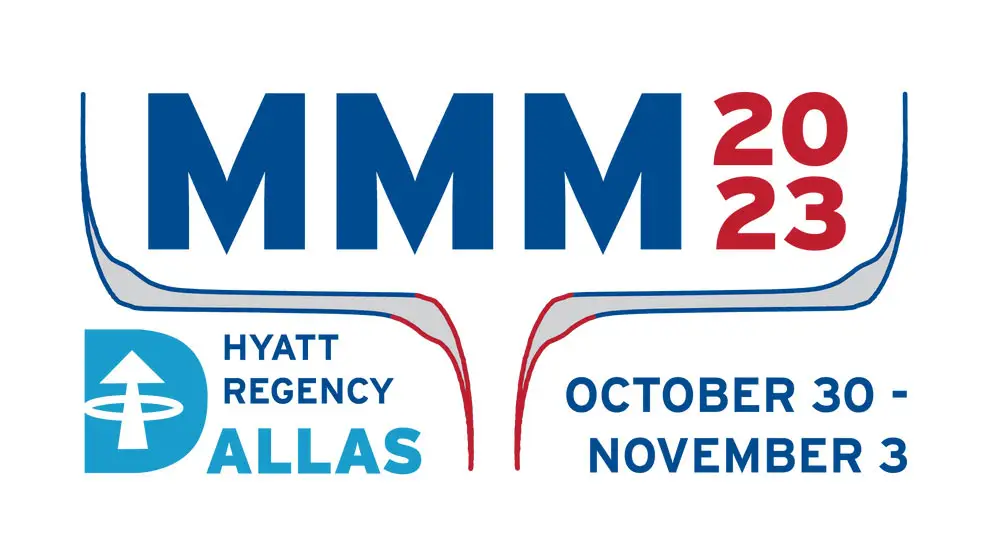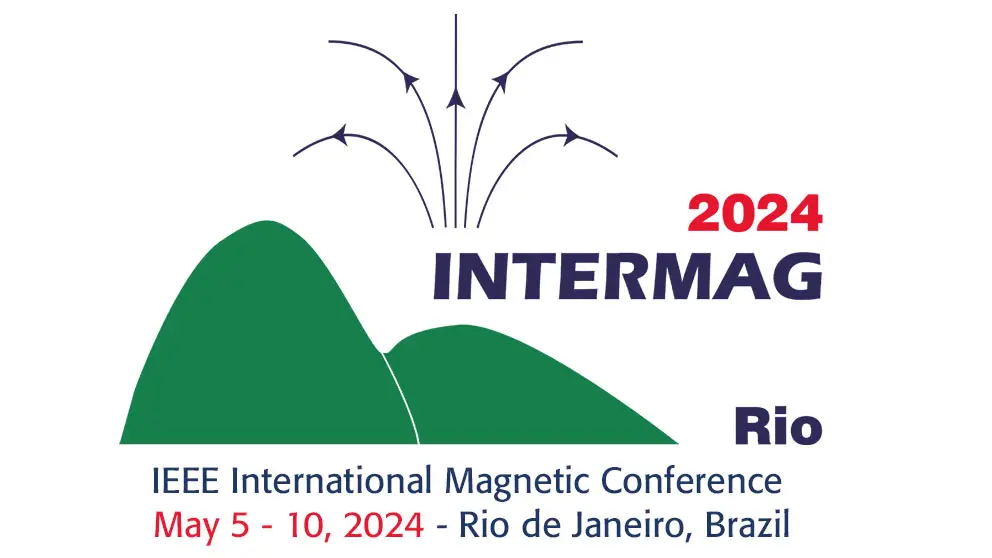FC-07: Study of α"-phase Fe16X2-nYn (X,Y=N, C) Alloys by Molecular Dynamics Modeling
Jianxin Zhu, Jian-Ping Wang
Oral
02 Nov 2023
Research and development of soft magnetic materials without critical elements has gained a great deal of attention recently. Minnealloy, α"-phase Fe16(NxC1-x)2, is one of promising candidates along this direction [1,2,3]. Theoretical calculation for this composition and its crystalline structure and lattice has been highly desirable to further advance the experimental effort. In fact, the level of 3d-orbital hybridization has strong dependence of interatomic distance between different Wycoff Fe positions (4d, 4e and 8h) to N atoms in α"-Fe16N2 [4]. Most of the DFT simulations commonly use the experimentally obtained Fe16N2 lattice structure as the starting point for study of Fe16X2 when X is non-N element. This may introduce inaccuracy as the starting lattice may not represent a global minimum state of the lattice to be studied. In this paper, we investigated crystal structures of α"-phase Fe16N2, Fe16C2 and the ternary alloy Fe16X2-nYn (X, Y=N, C) using the energy minimization method based on the Molecular Dynamics (MD) modeling package. With a set of hybrid Fe-C and Fe-N Modified-Embedded Atom Method (MEAM) interatomic potentials and a designed structure energy minimization process, where the possible local energy minimum states were searched and evaluated to find the global lowest energy state, the mechanical-relaxed crystal lattices for these compositions were obtained and decided. Further atomic-level energy analysis on the minimum state lattice shows the relationship of atomic potential vs. their spatial locations with regards to X and Y atoms.References: [1] Md Mehedi et al., “Minnealloy: a new magnetic material with high saturation flux density and low magnetic anisotropy,” J. Phys. D: Appl. Phys. 50., 37LT01 (2017) [2] X.W. Zhang and J. P. Wang, “High saturation magnetization and low magnetic anisotropy Fe-CN martensite thin film “, Appl. Phys. Lett. 114, 152401 (2019). [3] G. Guo, J. Liu, and J. P. Wang, “Carbon and Microstructure Effects on the Magnetic Properties of Fe–CN Soft Magnetic Materials (Minnealloy)”, TMS 2020 149th Annual Meeting & Exhibition Supplemental Proceedings. The Minerals, Metals & Materials Series. Springer, Cham. pp 1841–1852. [4] N. Ji, X. Liu, and J.-P. Wang, “Cluster + Atom model: Theory of giant saturation magnetization in α”-Fe16N2: role of partial localization in ferromagnetism of 3d transition metals,” N. J. Phys., 12 063032 (2010).


